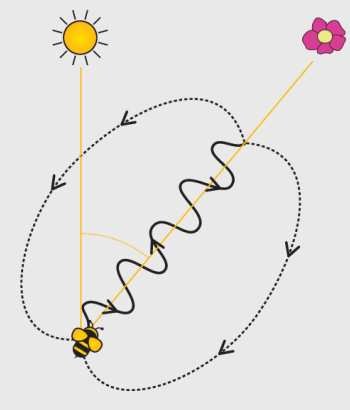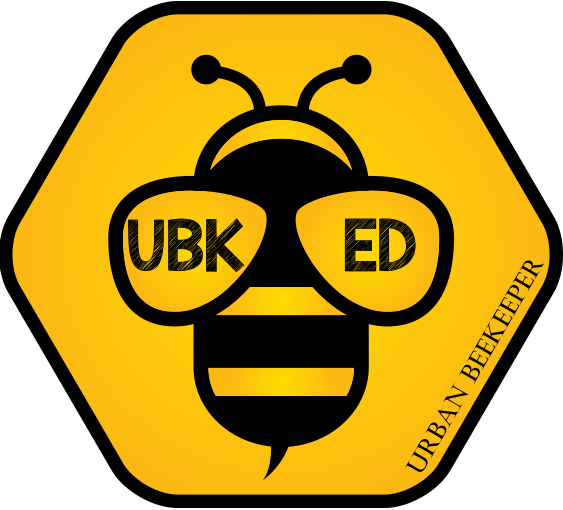

Pollination is the process of transferring the male part of the plant (pollen) to the female part of the plant (Pistil), which completes fertilization, thus enabling the plant to produce fruits or vegetables.
Pollination may be abiotic, where pollination occurs without the involvement of other organisms, or biotic, where other organisms called pollinators transport the pollen grains from the anther to the pistil.
About 80% of all plant pollination is biotic. Many plants require cross-pollination, where pollen is delivered from the flower of one plant to the flower of another plant. Cross-pollination helps at least 30 percent of the world’s food crops and 90 percent of our wild plants to thrive.
Pollinators are animals, usually insects, but may also be birds, mammals, or reptiles. The transport of pollen is usually the result of their activities, such as visiting plants for feeding.
Plants attract their preferred pollinators through brightly colored petals, scent, nectar and pollen which provide a source of food.
Up until about one hundred years ago, there were enough wild bees and other insects in the world to pollinate virtually all of the food crops being planted. Today, however, because of intensive agricultural practices, and a sharp decline in the number of wild bees due to the use of chemicals, pollution, and destruction of insect habitat, there simply are not nearly enough wild insect pollinators to effectively pollinate our crops.
As a result, the business of honeybee pollination services has developed throughout many parts of the world, where a beekeeper can rent a colony of honeybees to a farmer for the bloom season, which is typically 4 weeks long.
It’s estimated that there are about 2.4 million colonies in the U.S. today, two-thirds of which are used for pollinating crops. More than one million colonies are used each year in California just to pollinate the state’s almond crop!
In a colony, over half the bees will spend their time foraging. Within these foragers, there is a small number of elite ‘scout bees’. The scouts spend their time looking for good sources of food. Once they have found a good source of quality nectar, they return to the hive and tell the other bees where to find it.
They do this by performing the famous waggle dance.
The scout bee stands on the honey comb and dances. Like any good dancing club – it’s quite dark in the beehive. The other bees have to feel the dance with their antennae. The scout also shares some of the nectar, to let the other bees know the quality that they have found.

